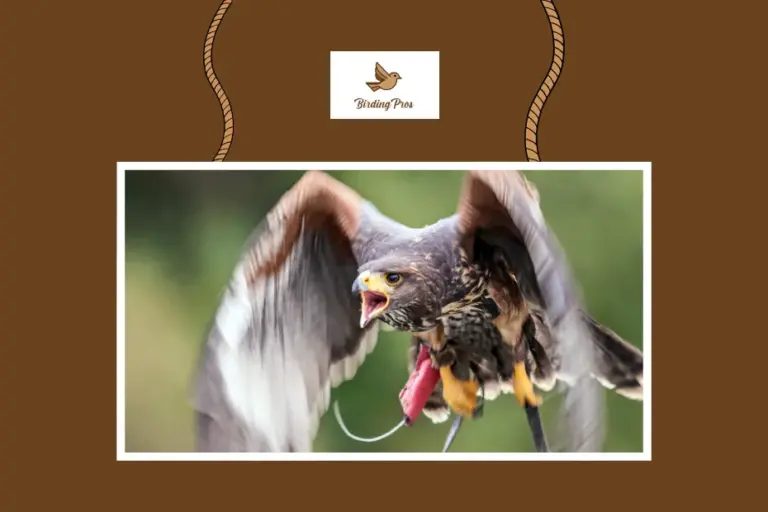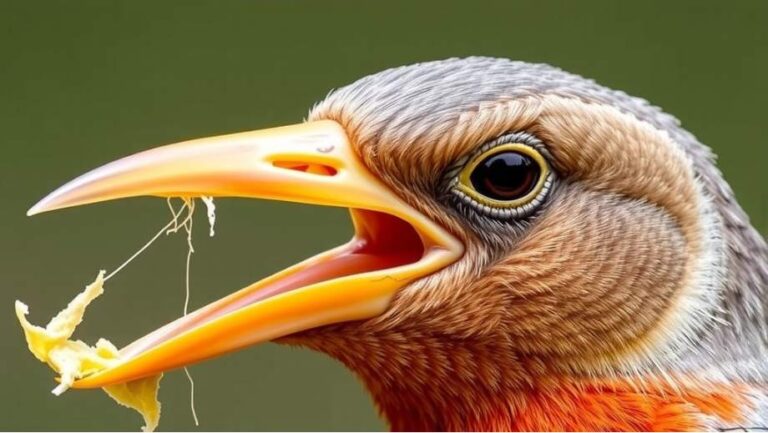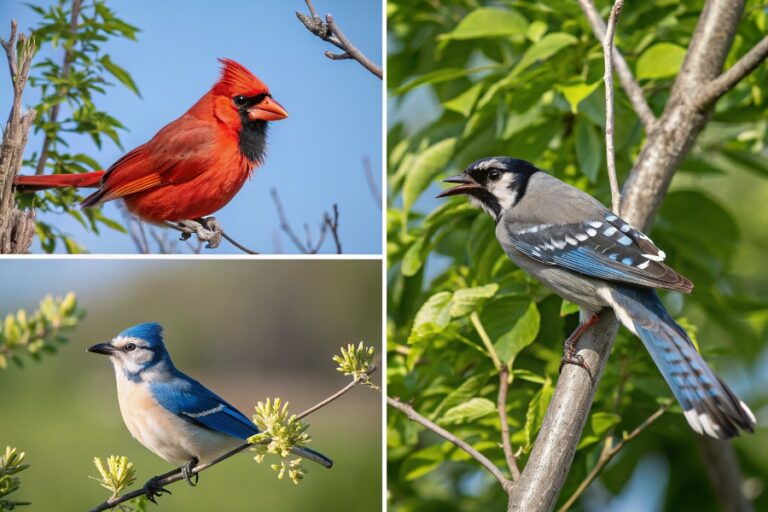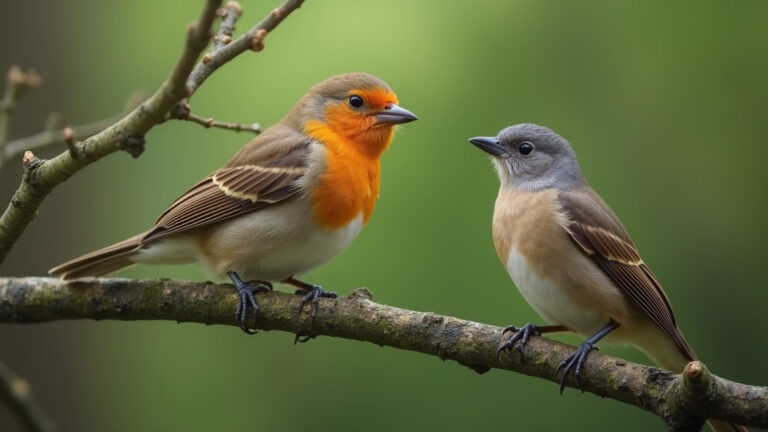Birds by the River: An Insider’s Guide
Great Blue Heron to the Kingfisher, each bird plays a unique role in the river ecosystem. To every bird watcher or a peaceful walker by the water, spotting these birds is sure to enhance your outdoor experience.
Table of Contents
Why are birds by the River so popular?
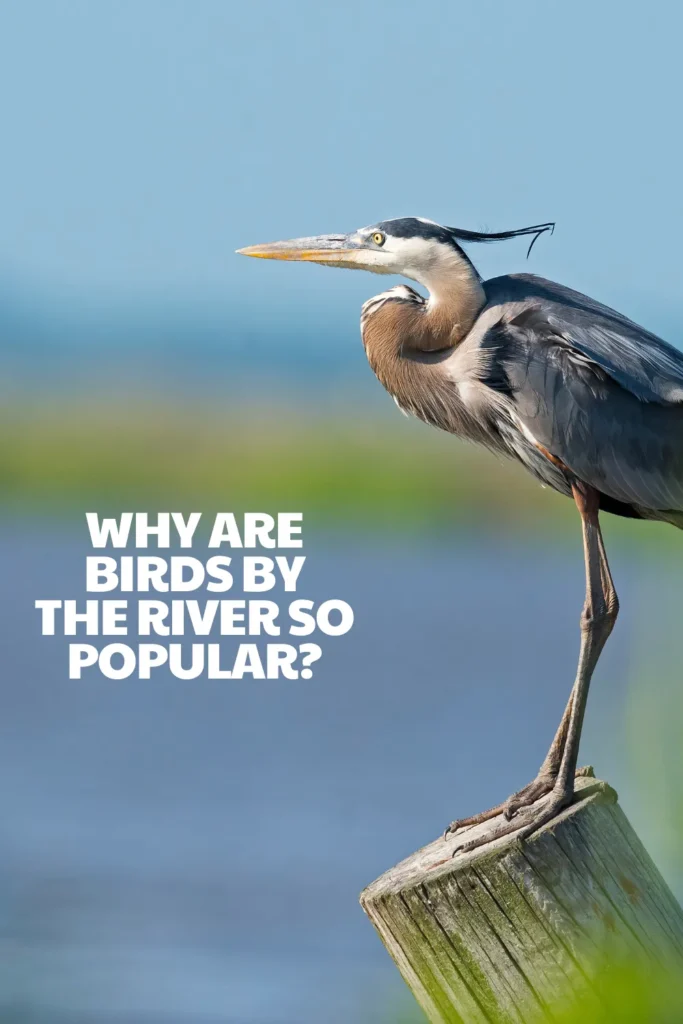
They are popular because rivers provide everything they need to thrive. The water offers a place for them to drink, fish, and bathe, while the surrounding trees and bushes give them shelter and places to nest.
Rivers also attract a wide variety of insects and small animals, providing birds with a steady food source.
People love watching birds by the river because it’s relaxing, and you can often spot many different species in one place.
The peaceful setting and the beauty of the birds create a calming experience that draws people in.
Top Spots to Find Birds by the River:
- National Parks – Many parks have rivers and are home to a variety of bird species.
- Wetlands and Nature Reserves – These areas are ideal for birdwatching as they attract both water birds and land birds.
- Riverbanks in the Countryside – Quiet rural rivers often host many birds.
- Urban Riverwalks – Even in cities, river trails can be great spots to see birds like ducks, herons, and kingfishers.
- Estuaries – Where rivers meet the sea, you can often find a mix of coastal and freshwater birds.
List of 14 popular birds by the River
| Sl. No. | Bird Name | Scientific Name |
|---|---|---|
| 1 | Mallard | Anas platyrhynchos |
| 2 | Bald Eagle | Haliaeetus leucocephalus |
| 3 | Kingfisher | Alcedinidae (Family) |
| 4 | Osprey | Pandion haliaetus |
| 5 | Canada Goose | Branta canadensis |
| 6 | Common Merganser | Mergus merganser |
| 7 | Belted Kingfisher | Megaceryle alcyon |
| 8 | Black-crowned Night-Heron | Nycticorax nycticorax |
| 9 | Wood Duck | Aix sponsa |
| 10 | Sandpipers | Scolopacidae (Family) |
| 11 | American Dipper | Cinclus mexicanus |
| 12 | Pied-billed Grebe | Podilymbus podiceps |
| 13 | Green Heron | Butorides virescens |
| 14 | Double-crested Cormorant | Phalacrocorax auritus |
Details guide of those river birds
1. Mallard (Anas platyrhynchos): Mallards are among the most familiar ducks, easily recognizable by the males’ bright green heads and the females’ mottled brown feathers. They are dabbling ducks, often seen tipping forward to forage in shallow water.
2. Bald Eagle (Haliaeetus leucocephalus): Known for its striking white head and tail, the Bald Eagle is a powerful bird of prey often seen soaring high above rivers or perched in nearby trees, scanning the water for fish.
3. Kingfisher (Alcedinidae family): With their bright plumage and sharp, dagger-like bills, kingfishers are skilled hunters that dive headfirst into the water to catch small fish. Look for them perched on branches overhanging the river.
4. Osprey (Pandion haliaetus): Also known as the fish hawk, the Osprey is a master angler, diving from great heights to snatch fish with its talons. Ospreys are easily recognized by their white head with a distinctive dark eye stripe.
5. Canada Goose (Branta canadensis): Canada Geese are a familiar sight along rivers, often in large flocks. These large birds are known for their black heads and necks with a white “chinstrap.”
6. Common Merganser (Mergus merganser): This large duck is easily identified by its long, narrow bill with serrated edges, perfect for catching slippery fish. Look for its sleek, streamlined body diving beneath the water’s surface.
7. Belted Kingfisher (Megaceryle alcyon): This medium-sized bird with a shaggy crest is often seen perched on branches or wires near water, keeping a watchful eye out for fish.
8. Black-crowned Night-Heron (Nycticorax nycticorax): Active mainly at dusk and night, this stocky heron can be seen wading in shallow waters, hunting for small fish and amphibians.
9. Wood Duck (Aix sponsa): Known for their striking, multicolored plumage, Wood Ducks are often found in wooded swamps and along quiet rivers.
10. Sandpipers (Scolopacidae family): These small to medium-sized shorebirds are often seen near the river’s edge, probing mud and sand with their long bills in search of invertebrates.
11. American Dipper (Cinclus mexicanus): The American Dipper is a small, stout bird with a unique habit of diving and walking underwater in fast-flowing streams.
12. Pied-billed Grebe (Podilymbus podiceps): A small waterbird with a unique, thick bill, the Pied-billed Grebe is often found in slow-moving rivers, where it dives for fish and aquatic insects.
13. Green Heron (Butorides virescens): This small, stocky heron with a greenish-black cap is often seen alone, stealthily hunting along the riverbank.
14. Double-crested Cormorant (Phalacrocorax auritus): This large, dark waterbird is commonly seen swimming or perched with its wings spread to dry. Its hooked bill makes it an adept fish hunter.
Read More: Where to Find Birds? Ultimate Spots
The Tall Bird Always by the River
When we think of tall birds near water, the Great Blue Heron (Ardea herodias) often comes to mind.
This elegant, long-legged bird can be seen standing motionless by the riverbank, patiently waiting for fish or small amphibians.
With its striking blue-gray plumage and impressive wingspan, the Great Blue Heron embodies the serene beauty of river ecosystems.
Its presence is a common and reassuring sight along many rivers across North America, making it the quintessential “tall bird always by the river.”
10 Easy Steps to Enjoy birds by the River
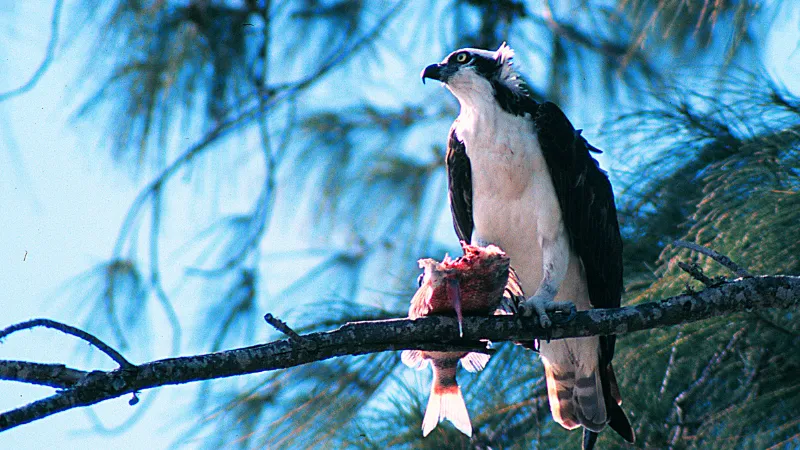
Are you’re hoping to spot the graceful Great Blue Heron or the swift Kingfisher, these tips will help you make the most of your time by the water.
1. Time Your Visit Right
The best times for birdwatching are early morning and late afternoon when birds are most active. Plan your visit during these hours for the best chance of seeing a variety of species.
2. Gear Up with Binoculars and a Field Guide
Invest in a good pair of binoculars to get a closer look at birds without disturbing them. A field guide or a birding app can help you identify species based on their appearance and behaviors.
3. Dress for Success
Wear comfortable, weather-appropriate clothing in natural, muted colors to blend in with your surroundings. Waterproof boots are also handy for navigating muddy riverbanks.
4. Practice Patience and Quiet
Birds are easily startled, so keep noise to a minimum and move slowly. The quieter you are, the more likely you’ll see birds behaving naturally.
5. Watch and Learn
Instead of just focusing on identifying birds, take time to observe their behaviors. Watch how they forage, interact with each other, and respond to their environment. This can be as fascinating as spotting a rare species.
6. Capture the Moment
Bring a camera with a zoom lens to photograph birds from a distance. This allows you to document your finds and enjoy the experience without needing to get too close.
7. Respect Wildlife and Habitat
Keep a respectful distance from birds, especially near nests or feeding areas. Avoid disrupting their natural behaviors or damaging the environment.
8. Leverage Technology
Use birding apps like Merlin Bird ID or eBird to enhance your experience. These apps can help you identify birds, log your sightings, and even listen to bird calls.
9. Pack the Essentials
Ensure you have all the basics: water, snacks, sunscreen, and insect repellent. A small backpack can help you carry everything you need comfortably.
10. Record and Share Your Observations
Keep a birdwatching journal or use an app to note your sightings. Sharing your records with local birding communities or online platforms can add to your enjoyment and contribute to broader conservation efforts.
Conclusion
Every bird standing by the river has a story to tell, and by observing them, we gain a greater appreciation of the natural world.
So grab your binoculars, head to your nearest river, and see what birds you can spot!


